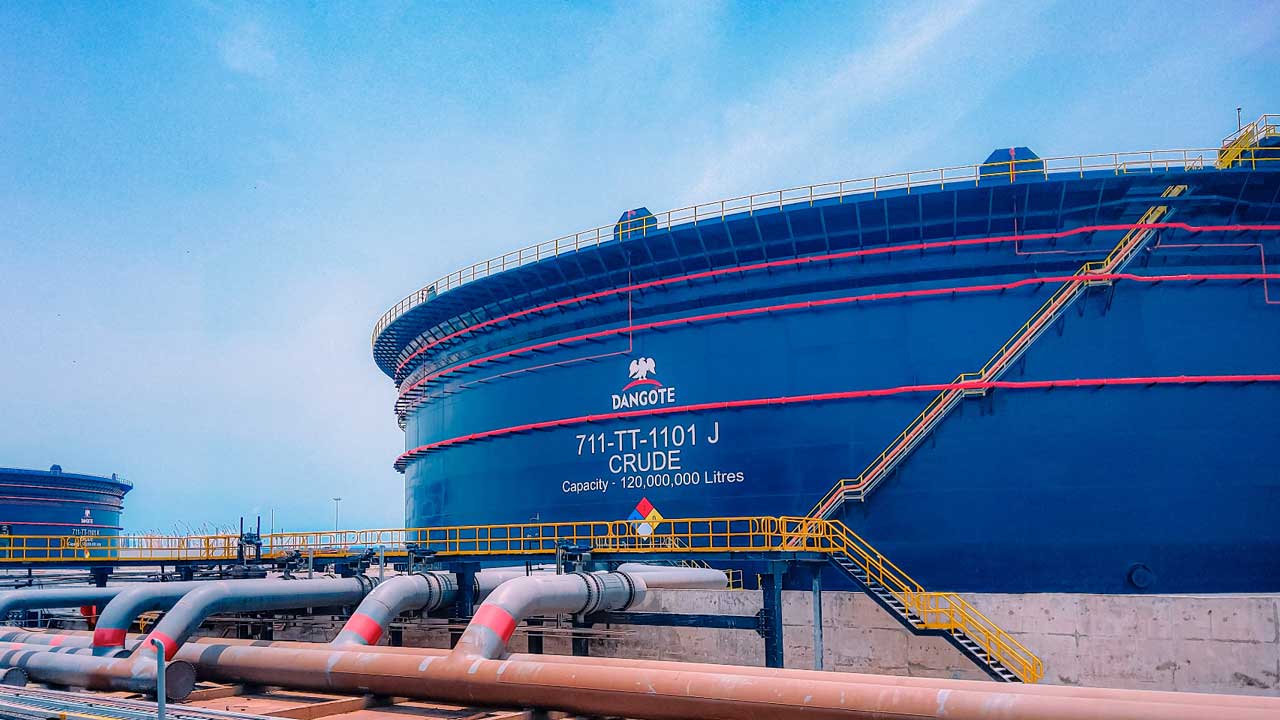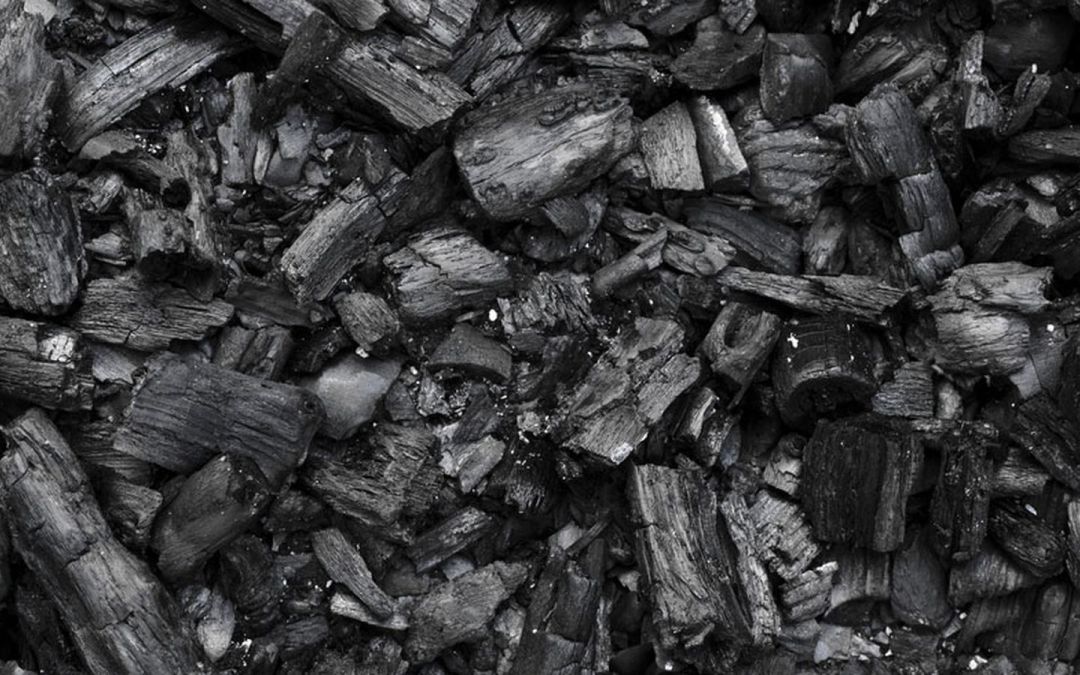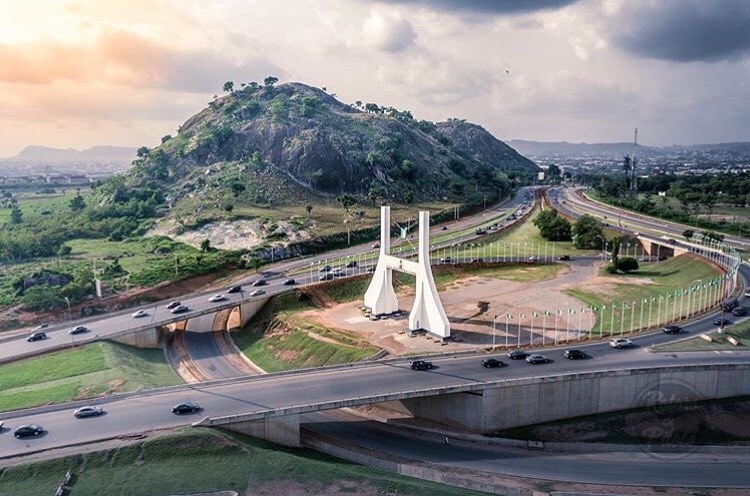Emmanuel Addeh in Abuja
The average prices of Liquefied Petroleum Gas (LPG), otherwise known as cooking gas, eased marginally in July this year, while the amount which Nigerians buy kerosene, once the fuel of the poor and underprivileged, continued to rise uncurbed, new industry data has shown.
Latest figures from the National Bureau of Statistics (NBS) revealed a contrasting picture in the domestic energy market, indicating that while the average retail price of LPG, recorded a mild decline, household kerosene costs continued their relentless climb, stretching the finances of many Nigerian households.
According to the NBS data, the average price for refilling a 5kg cylinder of LPG dropped by 0.96 per cent month-on-month, from N8,323.95 in June 2025 to N8,243.79 in July. But on a year-on-year basis, prices were up by a steep 37.98 per cent compared to N5,974.55 in July 2024.
A breakdown showed that the South-south region posted the highest average retail price at N8,511.26, while the South-west recorded the lowest with N8,073.92.
For the larger 12.5kg cylinder, the average price decreased by 1.91 per cent month-on-month to N20,609.48 in July 2025 from N21,010.56 in June. Still, year-on-year data indicated a sharp 44.51 per cent rise from N14,261.57 in July 2024. Adamawa recorded the highest state price at N22,528.39, while Yobe had the lowest at N19,030.
In stark contrast, kerosene, a fuel still relied upon by many low-income earners for cooking and lighting, became even more expensive. The average retail price per litre of household kerosene rose to N2,196.19 in July 2025 from N2,192.63 in June.
Compared with N1,769.86 in July 2024, the year-on-year increase stood at 24.09 per cent. On a zonal basis, the South-south bore the highest cost burden at N2,339.26 per litre, while the South-west reported the lowest at N2,069.59.
For consumers who purchase in bulk, the pain was even sharper. A gallon of kerosene averaged N8,695.90 in July 2025, up from N8,684.15 in June, much higher than N5,762.10 recorded a year earlier. Edo recorded the highest state average at N10,285.57, while Abia posted the lowest at N6,746.89.
THISDAY’s checks showed that the mild fall in LPG prices in the month under consideration, was due to improved local supply and increased investments in domestic gas infrastructure, which have slightly eased the pressure from foreign exchange volatility and import costs.
However, high distribution expenses and regional disparities still keep prices elevated across the country, the checks indicated.
On the other hand, kerosene’s steady surge has been linked to limited local refining, high import dependence, and zero government intervention in pricing.
With subsidy removals and deregulated petroleum markets, kerosene, once the fuel of the poor, has now become less affordable, pushing many households to revert to firewood and charcoal, with dire environmental consequences.
“The average retail price per litre of Household Kerosene (HHK) paid by consumers in July 2025 was N2,196.19, showing an increase of 0.16 per cent compared to N2,192.63 recorded in June 2025. On a year-on-year basis, the average retail price per litre of the product rose by 24.09 per cent from N1,769.86 in July 2024.
“On state profile analysis, the highest average price per litre in July 2025 was recorded in Delta with N2598.21, followed by Edo with N2,574.57 and Rivers with N2,560.72. On the other hand, the lowest price was recorded in Abia with N1,679.31, followed by Oyo with N1,763.40 and Bayelsa with N1, 797.46.
“In addition, analysis by zone showed that the South-south recorded the highest average retail price per litre of Household Kerosene with N2,339.26, followed by the North-West with N2,241.47, while the South-West recorded the lowest with N2,069.59.
“On a year-on-year basis, this increased by 50.92 per cent from N5,762.10 in July 2024. On state profile analysis, Edo recorded the highest average retail price per gallon of Household Kerosene with N10,285.57, followed by Kebbi with N9,733.55 and Delta with N9,691.96. On the other hand, Abia recorded the low-est price with N6,746.89, followed by Bayelsa and Oyo with N7,088.56 and N7,135.29 respectively.
“Analysis by zone showed that the South-south recorded the highest average retail price per gallon of Household Kerosene with N9,067.65, followed by the North-East with N8,917.74, while the South-West recorded the lowest with N8,301.49,” the report stated.
The latest NBS data underscored a growing challenge for households already battling inflation. While middle-class families may benefit from the slight easing of cooking gas prices, millions of poorer Nigerians who depend on kerosene for daily survival are seemingly being priced out of access to the product.
Several factors account for this surge. Nigeria’s reliance on imported refined petroleum products remains the most significant. Domestic refineries operate far below capacity, leaving the country vulnerable to international crude oil prices, dollar shortages, and import-related costs. The removal of subsidies and deregulation of the downstream market have further exposed kerosene to global price volatility.
Decades ago, subsidies kept kerosene affordable for low-income earners, but years of mismanagement, diversion, and fraud in subsidy administration led the authorities to phase out direct support. The result has been steadily rising pump prices that wage earners and rural households can no longer keep up with.
The implications are severe. Families that once relied on kerosene lamps and stoves are turning back to firewood and charcoal. This shift worsens deforestation, contributes to environmental degradation, and increases the health risks of indoor air pollution, particularly for women and children.
The post LPG Prices Ease, Kerosene Soars Beyond Reach of Nigerians appeared first on THISDAYLIVE.



